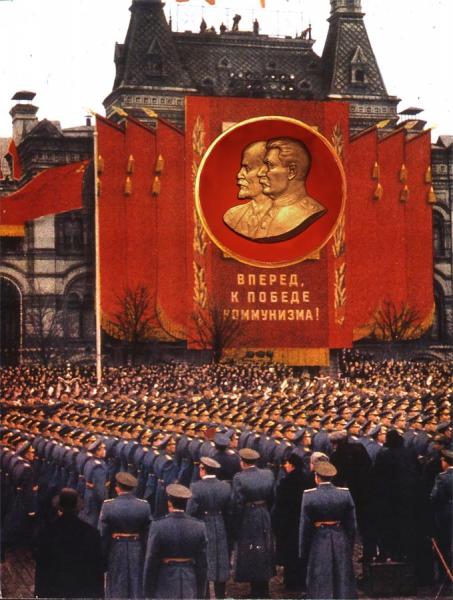Ron Padgett, "Joe Brainard's Painting Bingo" & "The Austrian Maiden"
LISTEN TO THE SHOW
Al Filreis brought together James Berger and Richard Deming (who traveled together from Yale) and Sophia DuRose to talk about two poems by Ron Padgett. The poems are “The Austrian Maiden” and “Joe Brainard’s Painting Bingo.” Our recording of “The Austrian Maiden” comes from a February 26, 2003, reading Padgett gave at the Kelly Writers House; the poem had just recently been published in Padgett’s book You Never Know (2002). The recording of “Joe Brainard’s Painting Bingo” — a poem published in Great Balls of Fire (1969) — was performed at a November 20, 1979, reading given at a location that is now (sadly) unknown. That reading in its entirety is available at Padgett’s PennSound page; the recording comes to us courtesy of the Maureen Owen Collection of Greenwich Village Poetry, now housed at the Yale Beinecke Rare Book and Manuscript Library.
April 17, 2024
Vitaly Komar: The Avant-Garde, Sots-Art and the Bulldozer Exhibition of 1974
I greatly admire the art of Vitaly Komar as well as his collaborations with Alex Melamid. When Vitaly and Anna Halberstadt were visiting with Susan Bee and me last week, our conversation turned toward Russian Futurism, OBERU, and the more contemporary Moscow Conceptualism. It turns out Vitaly went to art school with Dmitri Prigov, whose Soviet Texts was recently published by Ugly Duckling Press. About Prigov's new book, I wrote: "This Prigov cocktail is a knockout: one part Brecht, one part Jarry, one part OBERIU, a twist of bitters; shaken, not stirred. Prigov is the unparalleled debunker of the Soviet unconscious. His conceptual audacity, verbal pyrotechnics, and hilarious political satire have made him one of the premiere innovative poets and parabolists of the postwar generation. Simon Schuchat brings to life, in English, this essential Russian artist."
Vitaly sent me this essay and I am glad to present it here.
1. The Avant-Garde and the Roots of Unofficial Art
The Russian avant-garde’s revolutionary struggle with the traditions of the old culture led to the division of art into ‘official’ and ‘unofficial.’ Prior to World War I, the first avant-garde opposed the academic salon art that was fashionable at the time. After World War II and Stalin’s death, the second avant-garde opposed official Socialist Realism. However, by that time Soviet Russia’s unofficial artists had shed the naïve nihilism of the early 20th century avant-garde. They were aware of the ancient Roman aphorism: “The new is simply what has been well forgotten.” They believed in the value of pluralism, in the gradual evolution of fashion, and certain traits of their art were reminiscent of late modernism.